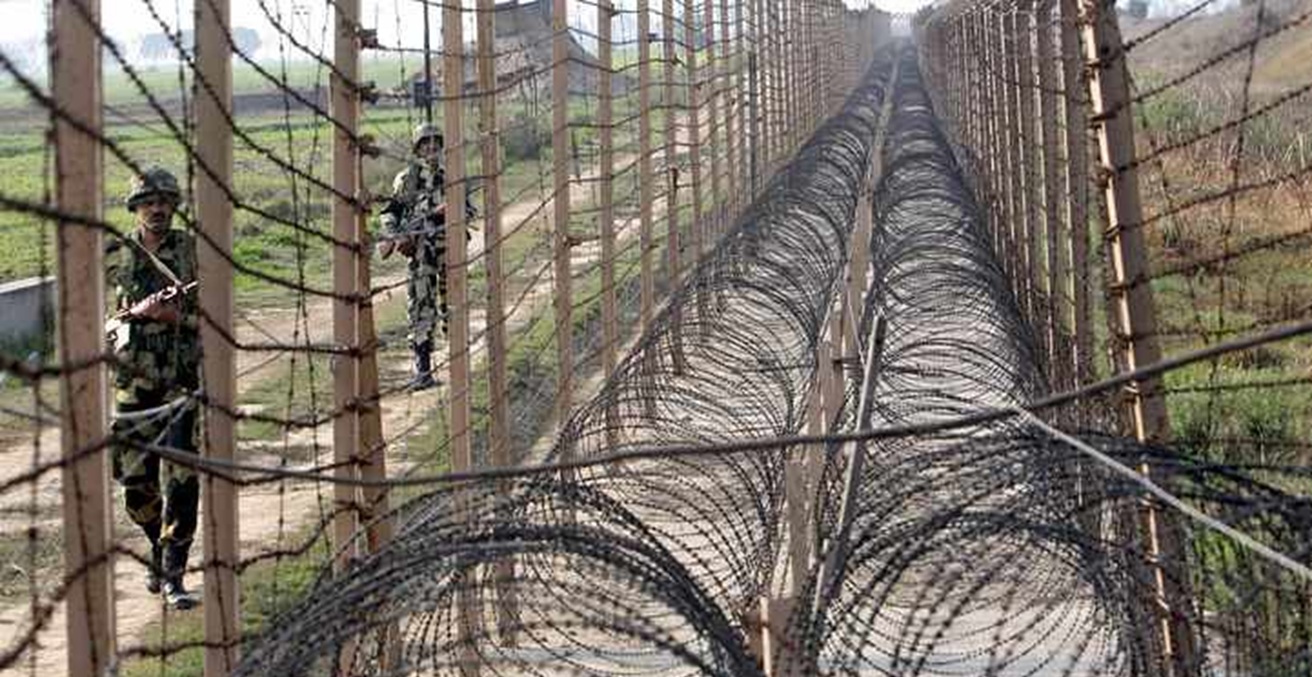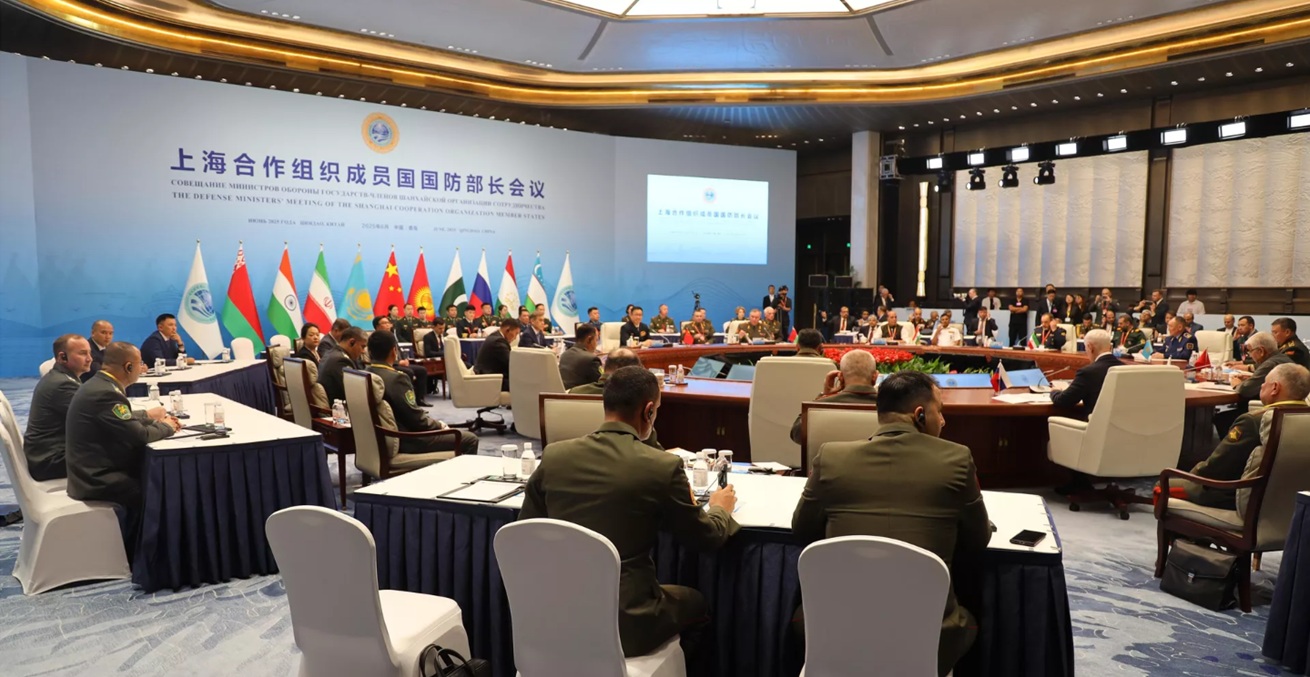The Russian invasion of Ukraine has revealed the criticality of drones as a weapon system for modern battlefields. Yet as other states rush to follow suit, there are some sobering realities to face from “high-tech” tools of warfare.
In 2020, drones were labelled “magic bullets” for Azerbaijan in their clash with Armenia over the region of Nagorno-Karabakh. Fast forward to today, and the Russian invasion of Ukraine has inspired great fervour about the use of drones. Ukraine has deonstrated the sheer scale and variation of both military and commercial drone use, and across the country, soldiers are being trained to fly drones, coordinate movement tactics, and camouflage positions from the sky. This is despite a domestic drone industry that struggles to keep up with demand.
In February 2023 the Ukrainian government announced the creation of an Unmanned Systems Force dedicated to drone warfare in efforts to create a “technological advantage over the enemy.” Due to growing difficulties in acquiring commercial drone materials from China (from price inflation and shortages after subsequent Russian drone demand), the Ukrainian domestic drone industry emerged as an integral development to sustain Ukrainian forces. These days, drones range from makeshift “frankendrones” (or homemade drones) to advanced prototypes that are now domestically made. President Volodymyr Zelensky has predicted that Ukraine will produce one million drones in 2024 – a figure since updated to two million.
Overwhelmingly, the weapon of choice has been First Person Viewer (FPV) drones. Once used for capturing cinematic videos, FPV drones are operated via a headset, allowing soldiers to watch and guide attacks through video feeds. To date, Ukraine has fielded over 62 different types of FPVs, however other types of drones can be found on Ukrainian battlefields, ranging from quadcopters and the Turkish Bayraktar TB-2 to advanced loitering munitions like the Israeli Harop. While loitering drones are far more expensive, they contain more advanced features, such as encrypted communications and extended range. Regardless of model, drones are seen as providing a critical edge, reinforcing the claim that we are now witnessing “the future of war.”
Rush to Replicate
Other countries are taking note. Just last month, the US Army requested US$25 million to field commercial drones (sourced from a list of manufacturers the Defense Department has cleared as presenting no security risk) to replicate the capabilities drones now provide in the Ukraine conflict. One source also indicates that smaller and cheaper drones have now moved to “the top of [the] marines wish list,” illustrating the value perceived in their high maneuverability and utility at the tactical level. Counter-drone measures are also being widely procured, including US$177 million for Coyote interceptors that are designed to seek out and destroy enemy drones using radar-guided missiles. The US “Replicator” initiative – an effort to quickly procure and field thousands of cheap drones – is said to have adopted many of the systems and processes of procurement as has ocurred in Ukraine, leaving some to comment on the “distinct Ukrainian flavour” of the initiative. Meanwhile, government defence policies have begun to note and respond to claims that high-volume, low-cost drones are “changing the face of warfare.”
More broadly, there is a desire to capitalise on the advantages of drones across the different domains of air, land, sea, and space. Ukraine (which does not have its own navy) has proven that drones can “humble a naval power” by rebuffing Russian fleets in the Black Sea. Further, some argue that maritime drones have exposed deep flaws in modern maritime warfare strategy, causing some to suggest that “having a large fleet is not equivalent to power.” Just last week it was revealed, via open source intelligence, that China has built the world’s first dedicated drone (unamanned aerial vehical (UAVs)) carrier. Even Australia is developing advanced undersea drones (also known as Uncrewed Underwater Vehicles or UUVs) that may collect intelligence, carry weapons, and hibernate on the seafloor to save power.
Realities of Drone Warfare
The critical advantage of drones and UAVs is the potential to deliver effect at cost or scale unmatched by other systems. However, counter-drone measures are complicated, and must be accounted for too.
In the Russian-Ukraine conflict, both sides are experimenting with combating adversary drones with various sophistication, from wire nets and drone dogfighting to Electronic Warfare (EW) operations such as jamming radio frequencies and disrupting drone signals. Current estimates suggest that Ukraine is losing approximately 10,000 drones per month; a major problem for wartime financing given that Western drone variants tend to be very expensive. For instance, the US Coyote sits at US$125,000 per unit, more than double the Iranian loitering munitions they will be employed (most likely) to shoot down, which cost just US$48,800. The US army is currently “looking at solutions with better cost-per-kill” ratios. These include the Coyote, but also directed energy weapons, and Advanced Precision Kill Weapon System (APKWS) rockets, as utilised in Ukraine. Overall, countering drones requires a “layered” approach, including overlapping kinetic, electronic, directed energy, and/or microwave systems. Put simply, there is no single “silver bullet” for a counter-drone strategy.
Perhaps more profound, however, are acknowledgements that drones do not fulfil the promises of a quick, decisive victory that also reduces the risks of collaterol damage or even war crimes. Assessments following the Nagorno-Karabakh conflict, fo instance, suggest that while drones were effective as a combat multiplier for Azerbaijan, “by themselves, they did not win the war.” Other limitations are that drones cannot seize or hold terrain, may encourage “easier to kill than capture” approaches to conflict, and may extend the temporal and geographical reaches of conflict as seen in the Global War on Terror. Perceptions that drones are “revolutionary,” and can deliver “precision effects en masse,” may overestimate system abilities and mischaracterise drones as an almost “costless” way to use force.
Risks of Misperception
Despite the promise of future “high-tech” and “precise” wars, drones are likely to continue to lead to civilian deaths; contribute to widespread destruction; and exacerbate humanitarian crises. The examples are expanding, and their devestation is becomign more violent. Civilian casualties have mounted in Ukraine from Russian missile and drone strikes, and falling debris from intercepting drones has also resulted in deaths, injuries, and infrastructure damage. In Ethiopia, drone use has added to a “horrific” civilian toll, while in Somalia, recent indiscriminate strikes there using drones have been charactierized as amounting to war crimes. In Gaza, the use of drones and artificial intelligence for target generation has killed people in civilian buildings and homes. Such are the costs of machine-driven warfare.
Drones with greater degrees of, or even full, autonomy are likely to challenge such mischaracterisations of future drone potential. One fear is that full autonomy may develop “innocently” in incremental steps, and in response to increasing calls for high-tech warfare. For example, the need to address drone counter-measures may drive the desire for greater autonomy in systems, especially given that electronic warfare (EW) tactics will gradually have decreasing effectiveness. Taking drones “off the loop” (removal of human oversight) could be perceived as the viable solution to these challenges. Other examples, like autonomous object recognition, would enable drones that have been cut off from communications to complete final phase tasks autonomously. Some of these capabilities are currently available on platforms like America’s Switchblade 300 or Russia’s Ovod in the form of “terminal guidance” systems, and in cheaper systems like Ukraine’s Scalpel drone with lock-in target capabilities. It should go without saying that moving to fully autonomous drone warfare would mean the loss of meaningful human control over life and death decisions, with unknown outcomes for civilians.
The war in Ukraine has highlighted the impact of drones and UAVs in modern warfare. Moving forward, states should strive to ensure that the true impacts of war, by way of capabilities and their effects, are not obfuscated by the promise of high-tech drone warfare. At the same time, governments must prioritise avoiding an autonomy creep in drones and other UAV systems, and actively cultivate guidelines that limit the effects of unregulated drone warfare.
Natasha Karner is a PhD Candidate at RMIT University. Natasha specialises in emerging technologies and global security, with a particular interest in Autonomous Weapons Systems (AWS) and Artificial Intelligence (AI).
This article is published under a Creative Commons License and may be republished with attribution.




